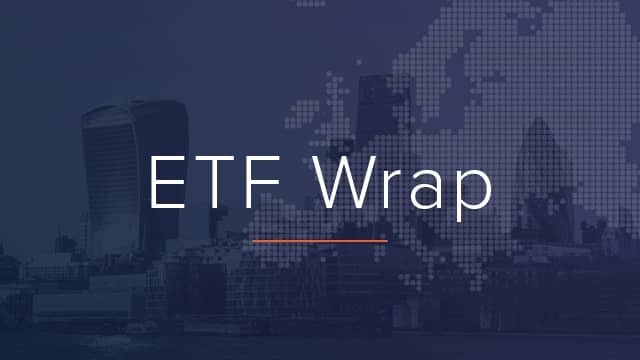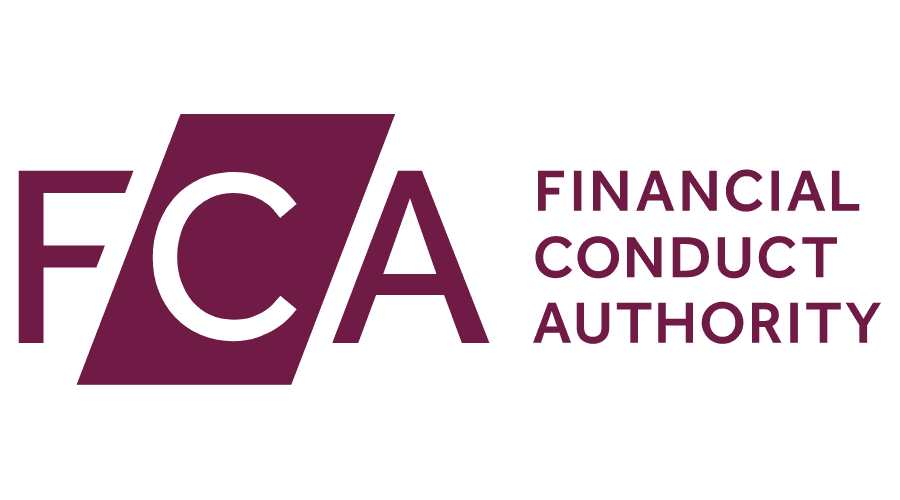ETF trading in Europe took a giant leap of progress this week with a landmark deal on the long-anticipated consolidated tape and several proposals from the Financial Conduct Authority (FCA).
By far the biggest advancement was the agreement between the European Council and the European Parliament to establish a consolidated tape for equities and ETFs in Europe.
It marks the end of the polarising debate, with the European Parliament and asset managers advocating for a consolidated tape that includes real-time pre-trade data on one side, and the European Council and exchange houses favouring a tape that only includes real-time post-trade data on the other.
The agreement means a real-time pre-trade consolidated tape will be established, however, the location of trades will not be published which market participants have warned will effect the tape’s success.
“I am glad we have found a political agreement on this review that will bring more transparency and make market data more available,” Elisabeth Svantesson, Swedish Minister for Finance, said.
The move is hoped to boost the EU’s competitiveness internationally by increasing transparency and reducing fragmentation across the continent.
The news came the same week the FCA proposed the creation of a consolidated tape in a bid to increase the competitiveness of the UK market.
The UK regulator said it was working with the government to introduce a consolidated tape for bonds in 2024, before creating one for equities later. It hopes the tape will reduce trading costs, increase liquidity and better allow investors to better assess their broker’s execution quality.
In a secondary move to boost efficiency in the ETF ecosystem, the FCA laid out plans to introduce a deferral regime for ETF trades priced at net asset value (NAV) in a bid to reduce reporting requirements.
The new regime will require firms to only report ETF trades priced at NAV when the NAV is published at the end of each trading day, as opposed to the currently required three times.
The UK watchdog said the new regime would result in 0.7% fewer trades and 2.7% less volume being reported in real-time and argued the real-time publication of ETF NAV trades, which contributes to price formation, does not justify the “operational cost” facing firms.
Two steps forward, one step back
While key developments will help improve the efficiency of trading, there is a new issue on the horizon that threatens to create “structural” issues in the market.
Peter Whitaker, head of EMEA market structure and regulation at Jane Street, warned any decision to move to T+1 settlement in Europe must come with a “foundational review”, in a bid to avoid any further issues following the impact of the introduction of the Central Securities Depository Regulation (CSDR) in February 2022.
Following the introduction of CSDR, settlement failures for European-listed ETFs have increased, according to Jane Street, with a move from T+2 to T+1 likely to add further fuel to the fire.
According to data from Swift, as many as one in 10 trades have failed or need correcting since CSDR came into force last year.
“Given CSDR’s penalty regime imposes real costs to firms for late settlement and matching, the lack of improvement suggests that there may be more “structural” reasons behind late settlement for failing trades in Europe which the additional cost of penalties has not addressed,” Whitaker warned.
The move to T+1 settlement has been a key area of focus for the European ETF market, with US regulators set to introduce the one-day settlement in May 2024 in a bid to drive more efficient use of capital across markets.
Taking a look at trading volumes, maker makers are bracing for a “significant” hit to their income in the first half of 2023, with trading volumes hitting their lowest point in almost two years.
Flow Traders said ETP trading volumes for April and May this year declined by 32% on the 12 months previous, coming in at €2.9trn and €3.4trn, respectively. According to a preview of the group’s half-year results, net normalised trading income for the second quarter of 2023 is €49m, compared to €232.1m in the first six months of 2022.
ETF Wrap is a weekly digest of the top stories on ETF Stream





